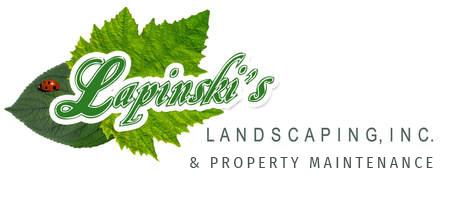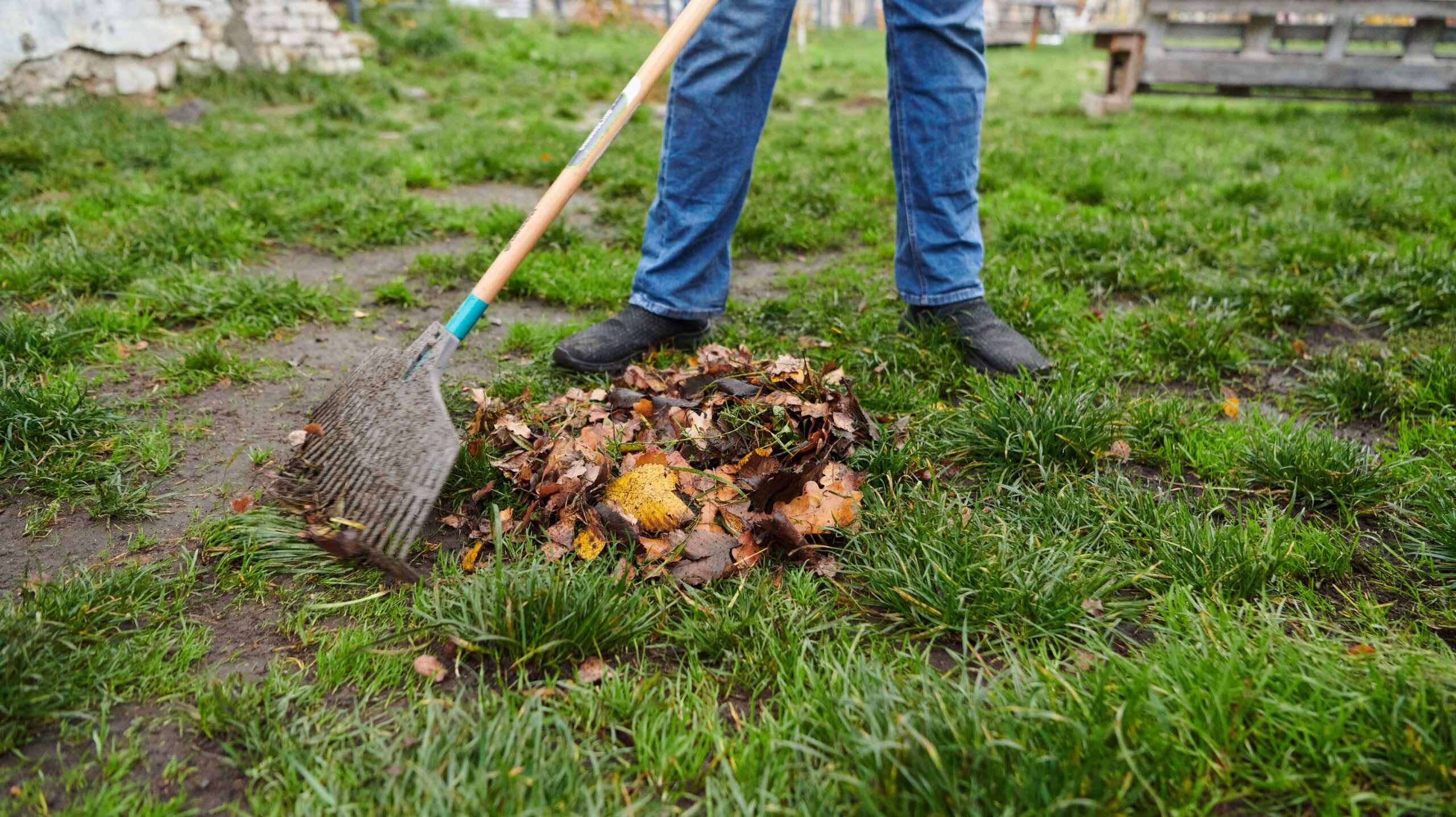If your lawn looks tired after the long, humid Maryland summer, you’re not alone. Brown patches, thinning grass, and compacted soil are all common this time of year — but fall gives you the perfect opportunity to reset. Aeration and overseeding are the backbone of a healthy lawn recovery plan, restoring root strength, thickness, and color before winter arrives. At Lapinski’s Landscaping, we’ve spent over two decades helping homeowners and property managers across Howard, Montgomery, and Carroll Counties rejuvenate their landscapes every fall. Whether your turf just needs a light refresh or a full renovation, understanding how aeration and overseeding work and when to do them can make all the difference.
Why Fall Is the Best Time for Aeration and Overseeding
Maryland’s cool fall weather and increased rainfall create ideal growing conditions. The soil is still warm enough for seed germination, but the air is cool enough to reduce stress on new grass. Performing aeration and overseeding now gives your lawn months to strengthen roots before spring growth. Skipping fall aeration means your lawn will continue to struggle with compacted soil — leading to patchy turf, poor drainage, and increased weed growth. Doing it right this season sets the stage for lush, resilient grass next year.
The Power of Aeration: Opening Up Your Soil
Think of aeration as your lawn’s deep-breathing exercise. Over the summer, soil becomes packed down from foot traffic, mowing, and dry conditions. That compaction blocks air, water, and nutrients from reaching the roots. Core aeration solves that problem by pulling out small plugs of soil, allowing your lawn to “exhale.” The holes left behind create direct pathways for oxygen and moisture — and the loosened soil encourages roots to grow deeper. At Lapinski’s Landscaping, we use commercial-grade aerators that penetrate deeper and cover more ground evenly, especially important in Maryland’s heavier clay soils. You’ll notice a major difference in turf density and color by spring.
Overseeding: Filling in Bare Spots and Building Density
Once aeration is complete, the next step is overseeding — spreading fresh seed directly into your existing turf. The newly loosened soil gives those seeds the perfect environment to germinate and establish strong roots. The key is choosing the right seed blend for Maryland’s conditions. We use professional-grade fescue and bluegrass mixes that perform well in our region’s changing climate, balancing durability, drought resistance, and rich green color. For homeowners and HOAs, overseeding not only improves curb appeal but also helps prevent weed infestations and soil erosion — two common issues on Maryland properties in early spring.
The Role of Fertilizer: Feeding New Growth
New seed is fragile — it needs a nutrient boost to establish quickly. A starter fertilizer helps young roots absorb phosphorus and potassium, while balanced nitrogen promotes steady growth without burning the seedlings. Our team times each fertilizer application with precision and uses slow-release formulas that deliver nutrients gradually. This ensures strong, healthy growth while protecting Maryland’s waterways through responsible nutrient management.
Watering: The Make-or-Break Step
Watering correctly is just as important as aerating or seeding. Without consistent moisture, new grass seed simply won’t survive. We recommend light, frequent watering — once or twice daily — until seedlings sprout. After that, transition to deeper watering a few times a week to encourage root depth. If you have irrigation, we can help you program it to keep moisture levels perfect for germination. Overwatering, however, can lead to disease, so balance is key. The goal is always even moisture, not puddles.
Caring for New Growth: Patience Pays Off
Once your new lawn starts growing, resist the urge to mow or walk on it too soon. Wait until the grass reaches about three inches tall before the first mow and always use sharp blades to prevent pulling up tender roots. During this early growth phase, avoid heavy foot traffic or parking equipment on the grass. For larger properties and HOA common areas, we can mark off newly seeded zones to protect them while they are established.
Long-Term Lawn Health: Don’t Stop After Fall
A well-aerated and seeded lawn in the fall will emerge thicker, greener, and stronger in spring but maintenance shouldn’t stop there. Continue fertilizing on schedule, keep mowing at the right height, and plan another aeration next fall for best results. For property managers, this consistent care reduces costly repairs and complaints from residents while improving overall community appeal.
Why Maryland Homeowners Choose Lapinski’s Landscaping
We’re a family-owned, licensed, and insured company (MHIC #115415) with over 25 years of experience serving local homeowners and HOAs. Our crews know Maryland’s soil, climate, and turf types — and we use professional equipment to deliver lasting results. From one-time fall aeration and overseeding to full maintenance contracts, we’re committed to making your property look its best year-round.
Let’s Revive Your Lawn This Fall
Fall is the season for renewal. Give your lawn the attention it needs now, and you’ll see a lush, healthy transformation come spring.
Lapinski’s Landscaping offers:
• Core aeration & overseeding
• Fertilization & dethatching
• Leaf removal & fall cleanups
• Bed edging & mulching
• Seasonal maintenance plans for homeowners and HOAs
Call (240) 876-4735 or visit lapinskislandscapinginc.com to schedule your free fall estimate today. Let our team help your lawn breathe, grow, and thrive this season — and beyond.

